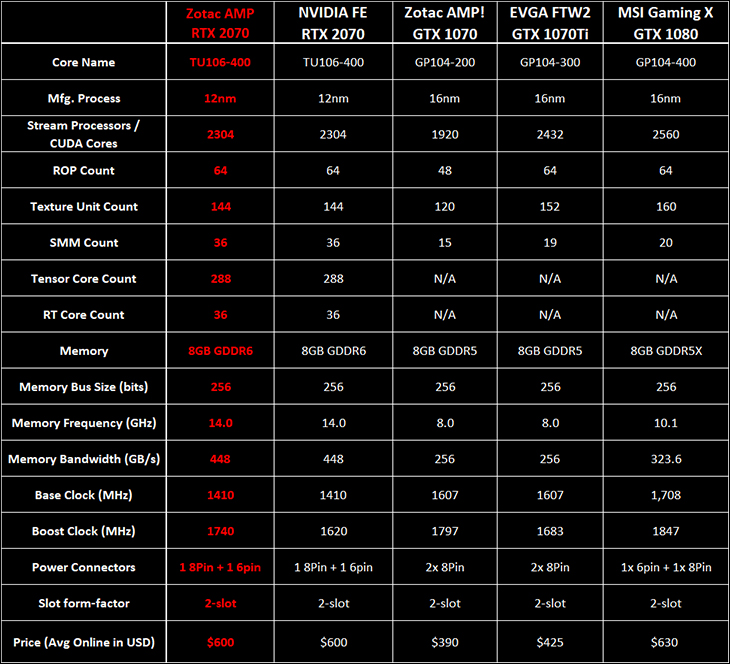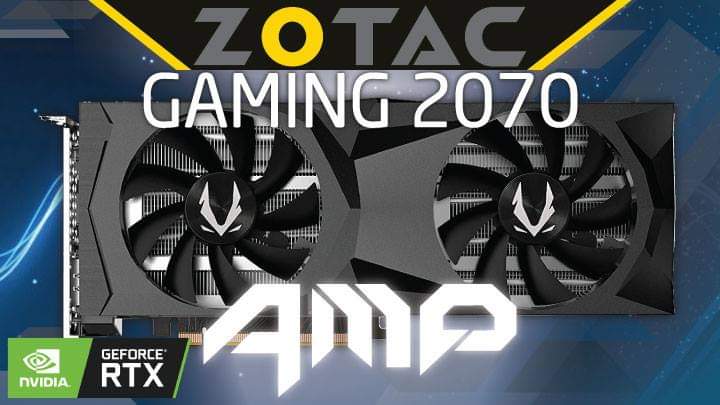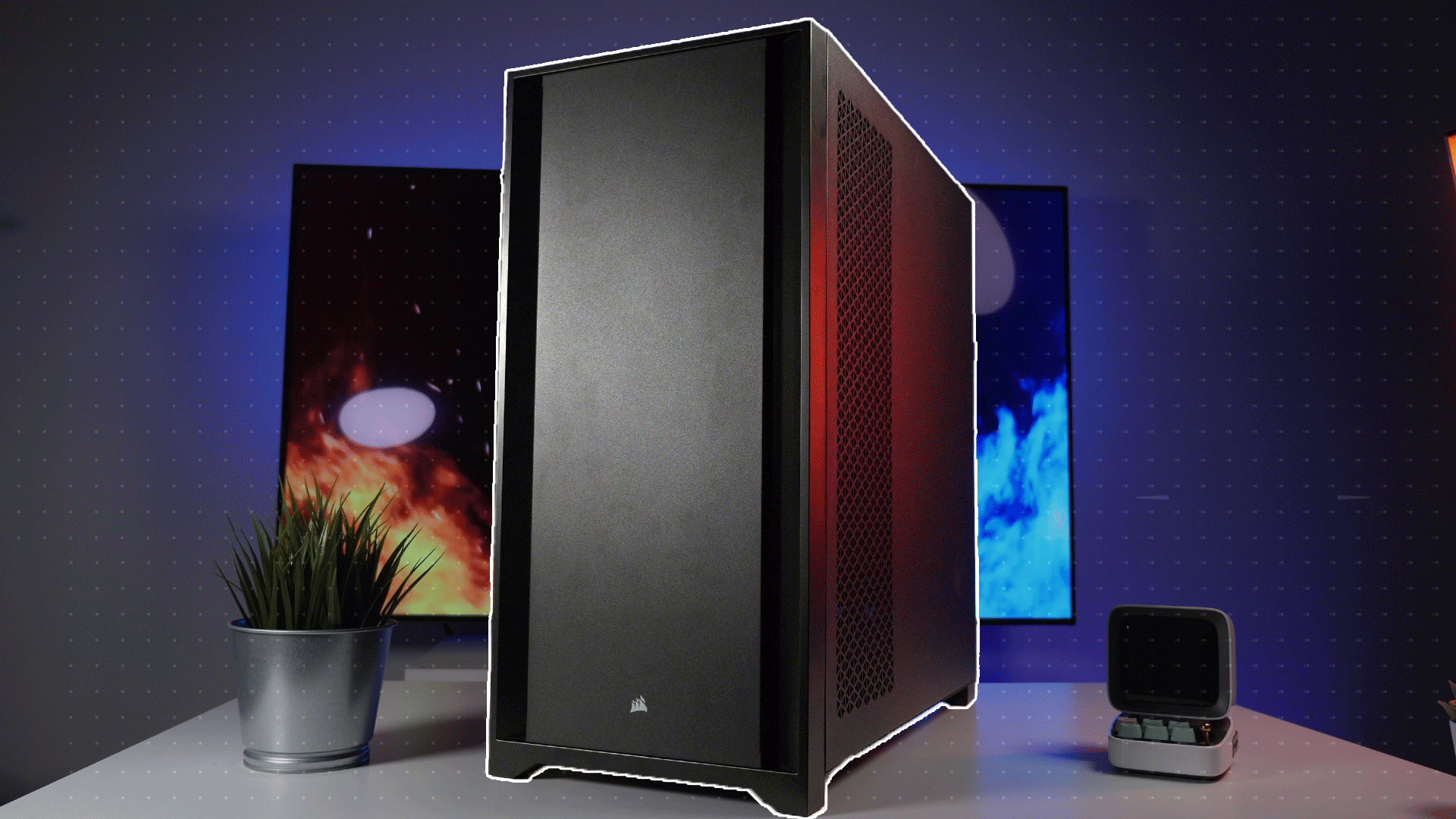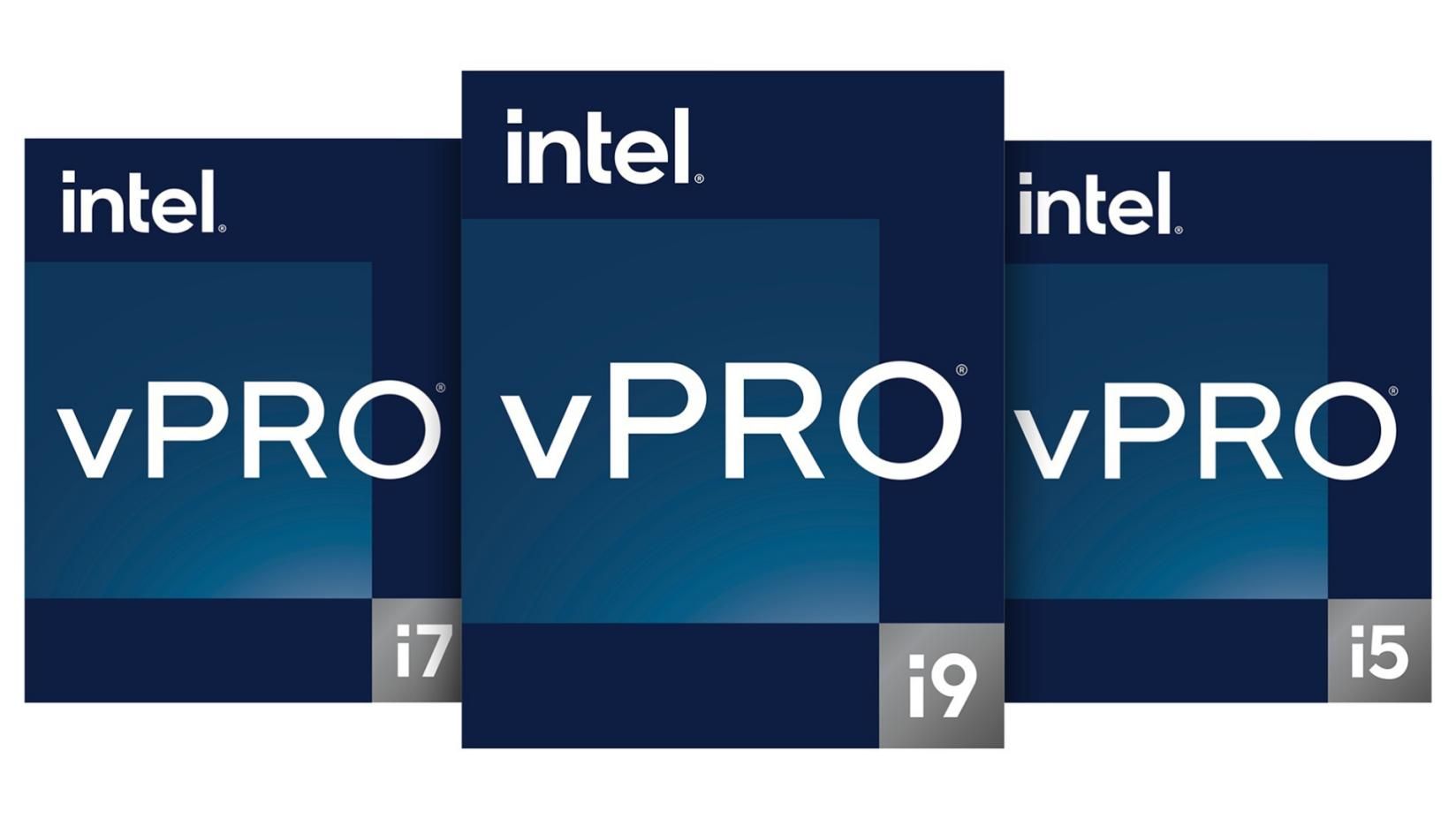There is certainly no denying that the first generation RTX series by NVIDIA has had a rocky start. Between the sky high MSRP of the ‘Founders Edition’, to two thirds of the new Turing core still not being able to be used (beyond one game) it’s been rough for NVIDIA fans and investors lately. Thankfully, third-party manufacturers are doing the best to take up the slack and offer models which actually try and offer value to their customers. One such manufacturer with a reputation for doing precisely that is ZOTAC, and today we are going to put their Gaming GeForce RTX 2070 AMP Edition under the microscope.
The reason for us starting with a GeForce RTX 2070 instead of the higher end NVIDIA RTX models is simple: the GeForce RTX 2070 is actually a pretty decent value for what it offers. With an asking price of $600 this card is in the realm of reasonable for most, and with its ‘smaller’ TU106-400A core it also is not as hot running as the larger TU104/TU102s. When paired with the latest generation IceStorm 2.0 custom cooling solution this promises to offer both low noise, and low temperatures.

The potential downside to the GeForce RTX 2070 series in general and this card in specific is two-fold. Firstly the TU106-400A is cut down and only offers 75 percent of the 2080’s ray tracing abilities (6 GiagRays/sec vs 8 GigaRays/sec) and only 60 percent of the 2080Ti (6 vs 10 GigaRays per second). Since only Battlefield 1 is the sole game available that can actually enable the ray tracing portion of the RTX 20-series core… and only a few on the near horizon, that is not much of a hardship. The same holds true of the actually usable ‘CUDA’ cores the TU106-400A has to offer. With ‘only’ 2304 CUDA cores this may indeed be more than the last generation GTX 1070 (1920), but is less than the GeForce GTX 1070Ti (2432) and certainly less than the similarly priced GeForce GTX 1080 (2560 CUDA cores).
To counteract this NVIDIA has improved the overall efficiency of the CUDA core portion of the RTX series, increased the internal L2 cache from 2MB to 4MB (which is even higher than the GeForce GTX Titan X/Xp came with), and best of all opted for 14Ghz GDDR6 memory which noticeably improves the memory bus from the last generation’s GTX 1070-series’ nominal 256GB/s to a whopping 448GB/s. This was one of the weakest links of the 10-series when dealing with higher resolutions and this should help nicely.
To further help the new Gaming GeForce RTX 2070 AMP edition actually produce better pixel performance in non-ray tracing scenarios (aka rasterization… aka 99.99999 to infinity percent of the time right now) ZOTAC has taken the already factory overclocked speed of the Founder’s Edition and increased the boost from 1710MHz to a pretty peppy 1740. This combination certainly will be interesting and with an asking price of $600 makes the Zotac Gaming GeForce RTX 2070 AMP tailor made for us mortals with pesky things like budgets.
At least it will if it can overcome the second issue. This issue is cooling. The last generation ZOTAC GeForce GTX 1070 AMP! Edition came with one of the better 2-slot cooling solutions available from any manufacturer. This time around the Gaming GeForce RTX 2070 AMP makes use of a solution that is smaller in length and height. It also makes use of two slightly smaller 90mm fans instead of 100mm fans. This does add an interesting curveball into the mix and it certainly will be interesting to see how the RTX 2070 AMP stacks up against the last generation Zotac GeForce GTX 1070 AMP! edition. This is a lot of ground to cover so let’s dig in, but before we do let’s just say that ZOTAC has created a very competitive model that will be enticing to a lot of people.











